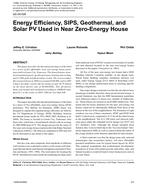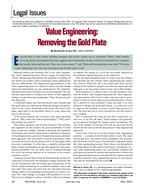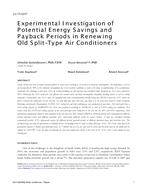Develops a model for design of a rectifier in generator-absorber heat exchanger (GAX) heat pump systems with an ammonia-water solution pair. The objectives are to provide further understanding of the rectification process in ammonia-water systems and serve as a design tool for the rectifier using a stable computation method. Simultaneous heat and mass transfer analysis is performed for the rectification process. Three different geometric configurations of the rectifier, namely, vertical fluted tube, confined cross flow with fluted tube, and coiled smooth tube, are considered. The effects of the temperature difference between interface and bulk vapour and heat transfer coefficients in each region on the rectifier size are investigated. The importance of the composition of rectifying vapour, z, is studied. The results and the bulk vapour region should be minimised to obtain a rectifier of small size and a high coefficient of performance (COP). During the rectification process, the composition of rectifying vapour should be lower than the liquid concentration. The heat transfer coefficient in the vapour region has a much more dominant effect on the rectifier size than that in the liquid and the coolant regions. Mass transfer has a more significant effect on the rectifier size than heat transfer.
KEYWORDS: year 1996, calculating, designing, generators, absorption heat pumps, ammonia, water, heat flow, heat pumps, heat transfer coefficient, rectifiers, coefficient of performance, comparing, temperature difference, sizing
Citation: Symposium Papers, Atlanta, GA, 1996
Product Details
- Published:
- 1996
- File Size:
- 1 file , 980 KB
- Product Code(s):
- D-17186


